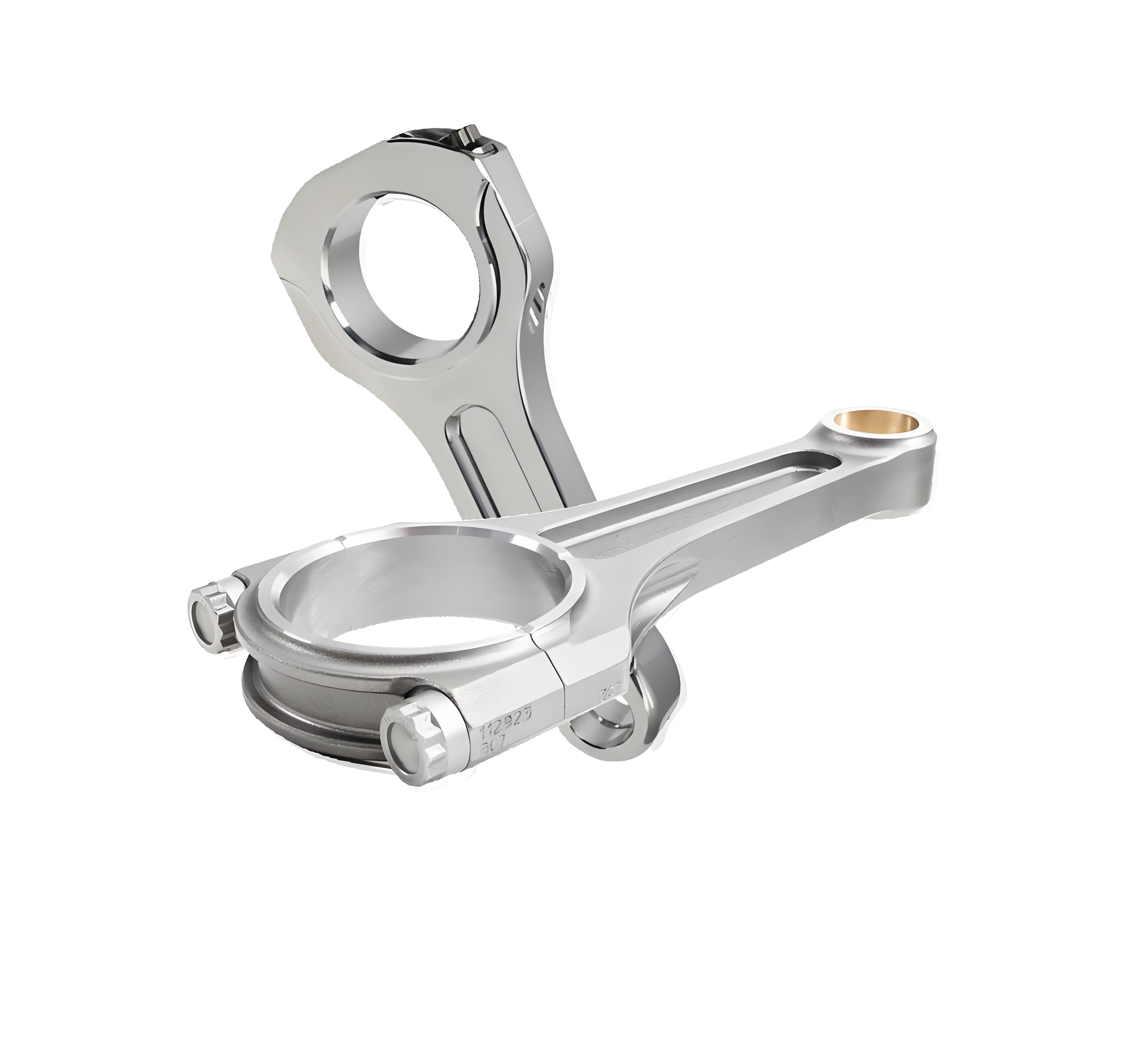Email cannot be empty
Password cannot be empty
Email format error
Email cannot be empty
Email already exists
6-20 characters(letters plus numbers only)
The password is inconsistent
Email format error
Email cannot be empty
Email does not exist
6-20 characters(letters plus numbers only)
The password is inconsistent


Unraveling the Myths: The Truth About Racing Connecting Rods
When it comes to high-performance racing engines, the racing connecting rod is a critical component that often sparks debate and misconceptions among enthusiasts and professionals alike. While these rods are designed to withstand the extreme conditions of racing, many people hold various misunderstandings about their construction, use, and benefits. In this article, we will explore some of the most common myths surrounding racing connecting rods and reveal the truths that every racer should know.
Common Misconceptions About Racing Connecting Rods
Myth 1: Racing Connecting Rods Are Only for Professional Racers
Truth 1: One of the most prevalent misconceptions is that racing connecting rods are exclusively for professional racers or those competing at high levels. In reality, any car enthusiast looking to enhance their vehicle's performance can benefit from upgraded connecting rods. Whether you are a weekend racer or a daily driver seeking improved durability and power, investing in quality racing connecting rods can yield significant performance gains.
Myth 2: All Racing Connecting Rods Are Created Equal
Truth 2: Another common belief is that all racing connecting rods offer the same performance benefits. This is far from the truth. Racing connecting rods come in various materials, designs, and specifications tailored to different applications. For instance, rods made from forged steel provide superior strength and fatigue resistance compared to cast iron rods. Understanding the specific needs of your engine and the intended use is crucial when selecting the right connecting rods for your setup.
Myth 3: Heavier Connecting Rods Are Better for Performance
Truth 3: Many enthusiasts mistakenly believe that heavier connecting rods can handle more power and torque. However, the opposite is often true. Heavier rods can lead to increased reciprocating mass, which can negatively impact engine performance by reducing RPM capability and throttle response. Lightweight, high-strength materials like titanium or aluminum alloys are often preferred in racing applications, as they provide the necessary strength without the added weight.
Myth 4: Upgrading to Racing Connecting Rods Is Only About Strength
Truth 4: While strength is a significant factor in choosing racing connecting rods, it's not the only consideration. The design and geometry of the connecting rods also play a crucial role in engine performance. Factors such as rod length, width, and the shape of the big and small ends can affect how the engine breathes and performs at different RPMs. Therefore, a well-rounded approach that considers both strength and design is essential for optimal performance.
Myth 5: You Don’t Need to Replace Connecting Rods if You’re Not Racing
Truth 5: Some car owners believe that if they are not racing their vehicle, they can stick with factory connecting rods without any issues. However, even for daily drivers, upgrading to high-performance connecting rods can enhance reliability and longevity, especially if the vehicle is modified for more power. Factory rods may not be designed to handle increased stress from modifications, and upgrading can prevent potential failures in the long run.
Conclusion
Understanding the truth about racing connecting rods is essential for anyone looking to enhance their vehicle's performance, whether for racing or everyday driving. By dispelling these common myths, we can help enthusiasts make informed decisions based on facts rather than misconceptions. Investing in the right racing connecting rods can lead to improved performance, reliability, and overall driving experience. Always do your research and consult with professionals to ensure that you are making the best choices for your specific needs and goals.

